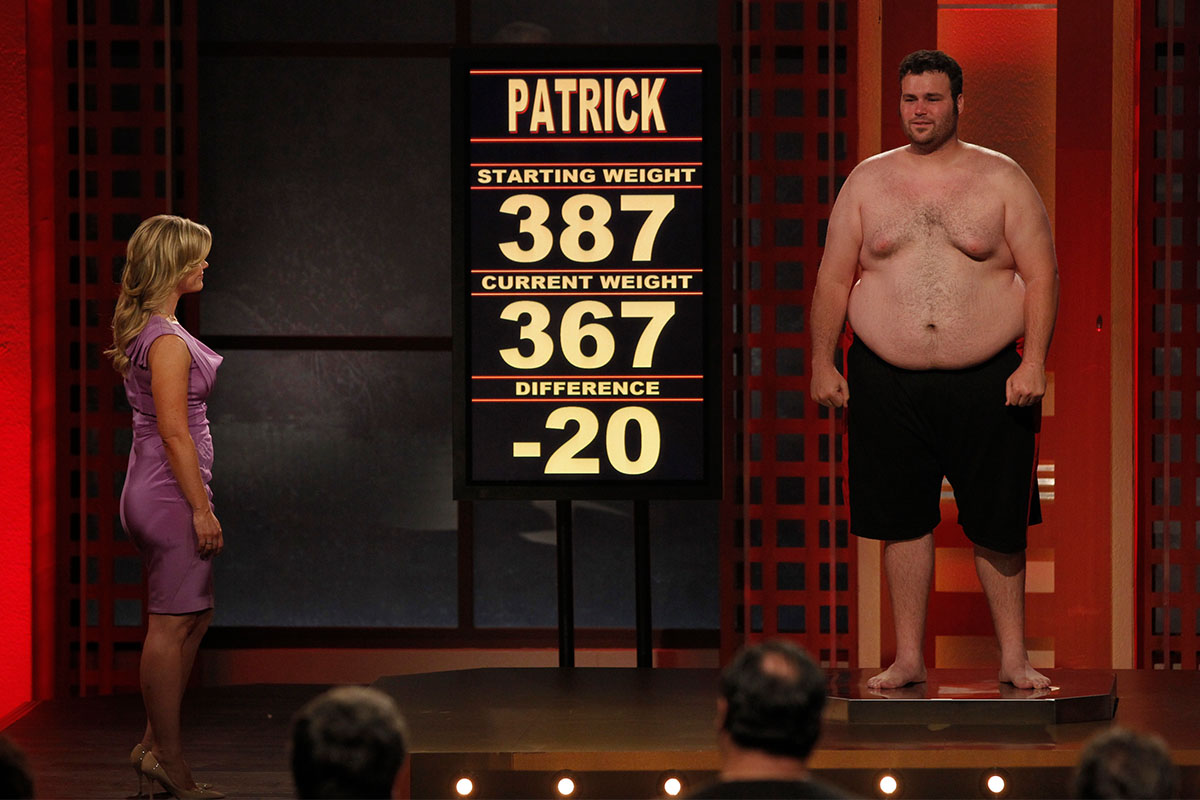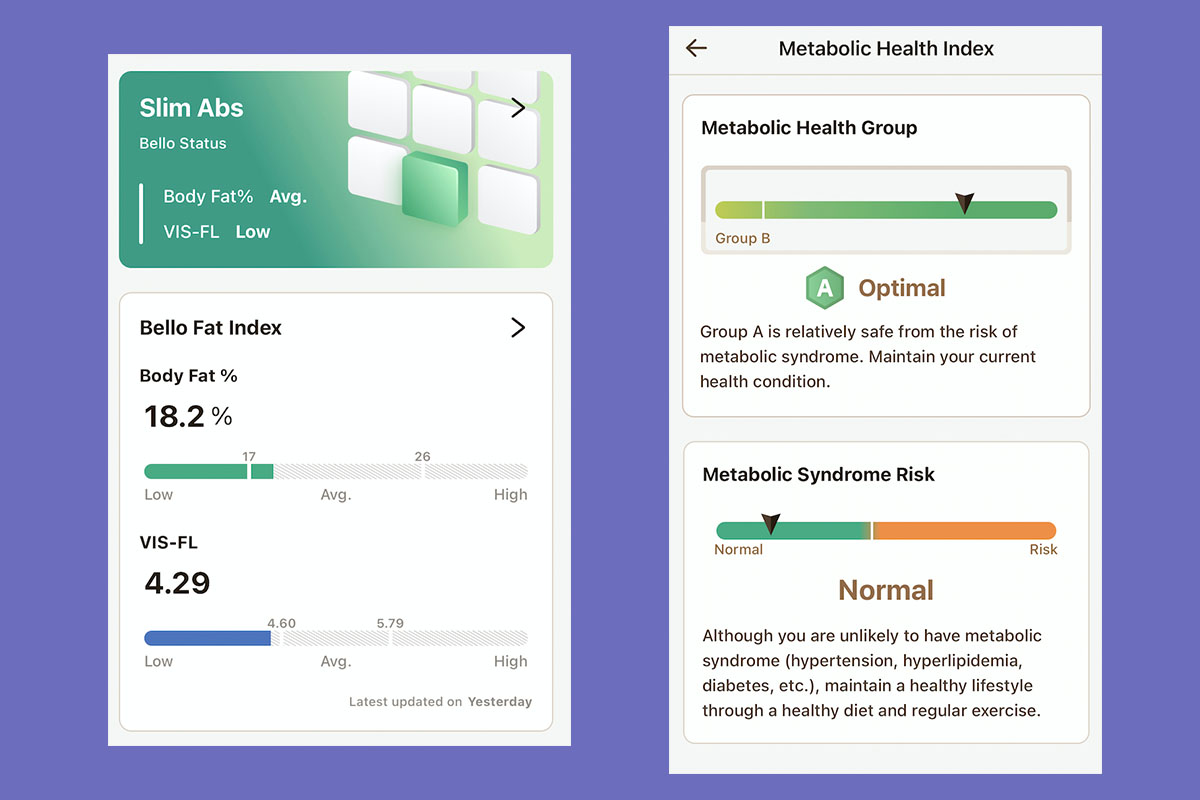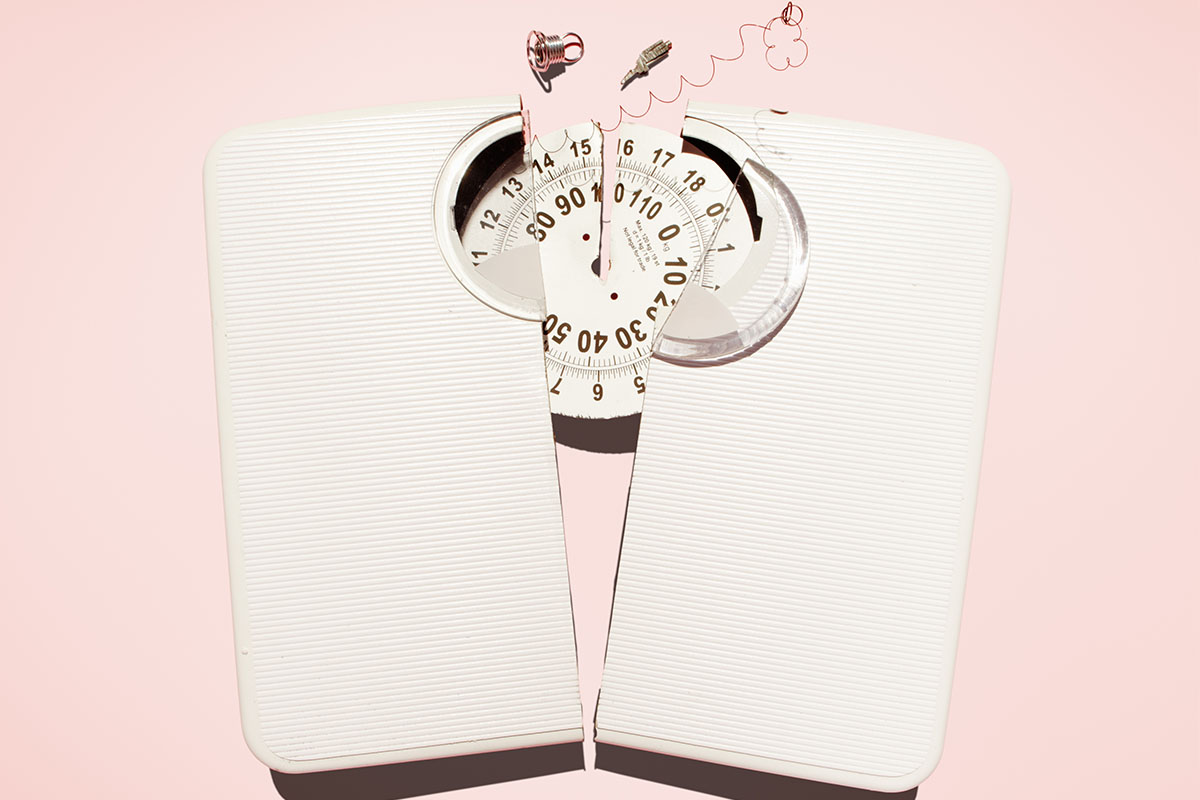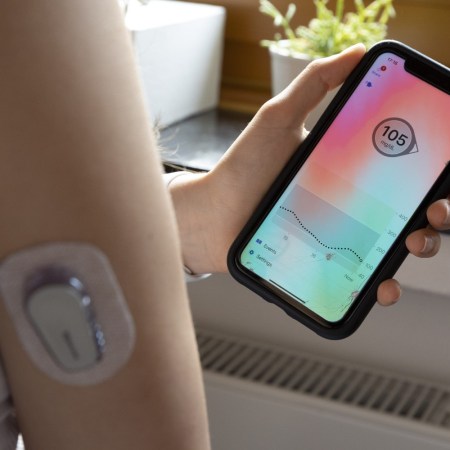Planet Fitness has earned its share of online outrage over the years, primarily for the club’s commitment to a “Judgement Free Zone” ethos. At various points in the franchise’s existence, deadlifts have been banned, lifters who grunt too loudly have been censored with something called a “lunk alarm” and trainees have been encouraged to wrap up workouts by ordering slices of pizza.
A gym for all is a fine idea, but looking out for those who don’t normally work out has inevitably drawn the ire of those who frequently do (a decade ago, Men’s Health named Planet Fitness the “worst gym in America”). One of the biggest gripes hinges on Planet Fitness’s refusal to put scales in its locker rooms. Among the largest studios in America — 24 Hour Fitness, Crunch, Equinox — Planet Fitness in the only one where visitors can’t weigh themselves before or after a workout.
I’ll refrain from weighing in on the lunk alarm, but know this: Planet Fitness is right to eschew scales. Scales don’t matter. It’s useful to have an understanding of what your weight is, obviously, but employing a scale as definitive barometer of one’s well-being or fitness gains is outdated behavior.
When you step on a typical scale, you’re not isolating fat from muscle from water, you’re weighing everything; and because very few of us are disciplined or mindful enough to weigh ourselves at the exact same time of day, after the exact same sort of workout or dietary consumption, it’s silly to put too much stock into the number on the screen. It could very well be different an hour or two later.

I can distinctly remember some of the later stages of the early seasons of The Biggest Loser, when the competition would whittle down to four or five contestants, and someone would step onto the scale, only to have lost three pounds. The trainers would groan. How could Jack have lost so little, after all the hard work he put in in the weight room this week?
Well, at a certain point, after weeks of cutting fat, the body relearns how to gain muscle again — which is denser than fat. (You’ve probably heard the myth that muscle “weighs more than fat,” but in truth, a pound of muscle actually just takes up less room than a pound of fat.) For many in various stages of fitness journeys, especially those balancing strength training and high-intensity intervals, losing a couple pounds of fat tends to coincide with gaining a couple pounds.
How are we supposed to measure our fitness, then, if not by standing on a scale? In this age of body positivity, are there still any quantifiable, “at-home metrics” that signal when someone’s either out of shape, or making progress?
Shift your attention from weight and BMI to visceral fat, also known as belly fat or “hidden fat.” It’s one of the few effective surface-level indicators of less-than-stellar health, and it tends to affect men at a much higher rate than pre-menopausal women. According to Mayo Clinic, visceral fat predicts for a higher risk of cardiovascular disease, type 2 diabetes, colorectal cancer and sleep apnea.
Why is visceral fat so dangerous? Well, the stuff likes to wrap around your vital organs. Visceral fat burrows deeper than the fat you’re used to, just below the skin (known as subcutaneous fat, which you can pinch with your fingers); it’s stored around the stomach, liver and intestines, where it increases insulin resistance, raises blood pressure and contributes to the paunchy “beer gut” that so many men develop as they get older.
Technically, you could go to a clinic and shell out for an pricey imaging test in order to determine the exact amount of visceral fat in your body. But that would be a colossal waste of time. There’s a simpler way forward — grab a soft tape measure from a drawer and find the narrowest portion of your belly. It should be above the hips and below the ribs, usually about a half inch over your belly button. Then measure your waist.
Doctors classify any male waist measurement of 40 inches or more as “an unhealthy concentration” of belly fat. Ideally, you’ll come in under that. In case you don’t, the good news is that visceral fat is extremely responsive to lifestyle changes. Welcoming consistent movement back into your life is going to put you on the right path, and turning to a diet rich in natural ingredients — leafy greens, whole grains, veggies, nuts, beans, berries, lean poultry and fish — will send visceral fat packing.

That’s easier said than done, obviously, but make these changes little by little, and let your waist size be a guidepost for at least one crucial signifier of well-being. Notice how a week without beer or processed foods affects measurements, or a month spent walking for a half hour each day contributes. Ideally, you’ll want to measure in the morning, right after you wake up, before you’ve even had a glass of water. It shouldn’t be something to obsess over each day, the way we like to automatically weigh ourselves when entering a bathroom or locker room. But check in on your waist size (and by extension, your visceral fat) every couple weeks or so, and take note of where the number’s headed.
If you want to formalize the process even more, consider a “belly fat scanner,” a still-imperfect, but handy and approachable option for assessing body composition. I recently tried out the Bello2, an Indiegogo darling that’s about the size of a paperweight. The machine connects via Bluetooth to an app on your phone, and utilizes Near Infrared wavelength technology to measure tissue absorption in the body. In other words: you hold the thing to your arms, legs and belly until it computes your body fat percentage and sorts you into a metabolic heat-map, with a range of designations. (I was really hoping to receive a “Perfect” score, but instead earned “Skinny Abs.”)
Bello even spits out a score for visceral fat, expressed as VIS-FL which is measured against the average “of a group of the similar gender and age group as the user.” For those looking for a bit more precision than a tailor’s tape, you could do worse than having constant access to both your body fat percentage, and real-time access to how much visceral fat is buried beneath your abdominal muscles. Plus, like any good health app, Bello offers tips and logs for learning and sticking to healthy routines.
Ultimately, while monitoring belly fat is a smarter way forward than stepping on a scale every day, refrain from letting it assume the bloated importance we’ve long reserved for bodyweight. There’s bone health to think about, heart rate variability, cortisol production, skin temperature, respiratory rate, sleep efficiency — you name it. These biometrics often intersect and affect one another, but they’re part of a complex, fluctuating network that comprise your ever-evolving well-being.
That might sound intimidating, but it shouldn’t. It’s a reminder that a single number will ever tell the entire story. No one metric should have all that power. The key is in identifying those, like visceral fat, that are worth a little bit more of your time and attention.
The Charge will help you move better, think clearer and stay in the game longer. Subscribe to our wellness newsletter today.





















